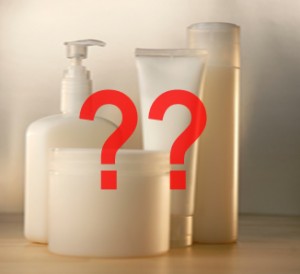hello! today’s blog is going to explain my take on the age-old question:
what’s the difference between products i buy at a spa, department store, drugstore, online, etc?
it’s all about the ingredients.
there are over 10,500 ingredients used in personal care products. they can basically be divided into two types: functional ingredients and performance ingredients.
FUNCTIONAL INGREDIENTS make up the majority of any product. they are the carrier for the performance ingredients. they give the product texture and determine whether they are creamy, foamy, gel, etc.
PERFORMANCE INGREDIENTS (or active ingredients) are the “medicine” of the product. they are responsible for the corrective aspect, what the product claims to do for the skin.
what determines the quality and efficacy of a product is the ratio of performance ingredients to functional ingredients, the quality of the ingredients used, the combination of the ingredients used, and the research behind the ingredients.
for each ingredient, there are dozens of different grades of quality, and the composition of each ingredient makes a tremendous difference.
mass-produced products that can be found at the drugstore have an incredibly high percentage of functional ingredients (fillers including water and alcohols) and an extremely low percentage of performance ingredients. this is due to a number of reasons. first of all, too much active ingredient would make the product too potent for mass, over-the-counter use without the supervision or advice of a skin care therapist or dermatologist, and could cause reactions and/or be misused. secondly, a high concentration of active ingredients increases the cost of the product. but the biggest difference between over the counter and professional, “cosmeceutical”, or medical-grade skincare is the level of penetration into the skin.
another difference is the delivery system of the active ingredients. over-the-counter products sit on the surface of the skin and cannot go deep enough to make any kind of impact on the skin. professional grade products have the ability to penetrate the epidermis and work all the way in the dermis.
professional grade products are safe, tested, effective, of the highest quality, provide advanced training and technical support to the spas and technicians who use them, and have SCIENCE to back their formulas and claims.
price is often a concern and causes people to hesitate purchasing professional products. but professional products are very potent and concentrated, which make them last longer. a typical repurchase of over-the-counter products is two to one over professional products. so you aren’t saving as much as it seems, but even so, an initial investment is going to get you a product with better results that lasts longer!
unfortunately, some spas, multilevel marketing salespeople, and estheticians take advantage of their clients’ trust and recommend products because they are expensive, rather than recommending the products that are best for the clients’ skin. but that is rare, and certainly not something you will experience with me. overall, estheticians know ingredients and products inside and out, and we will have analyzed your skin and discussed with you your current skincare routine, products you are currently using, allergies, medications, and concerns you would like to address, and will recommend the *best* product for your skin.
bottom line: professional skin care products provide the most effective active ingredients for improving the skin and treating skin conditions.
as always, please feel free to contact me with questions or comments about anything skin!










![[pumpkin-peel-facial~s600x600.jpg]](https://skinwithkim.files.wordpress.com/2010/10/pumpkin-peel-facial7es600x600.jpg?w=303&h=245)